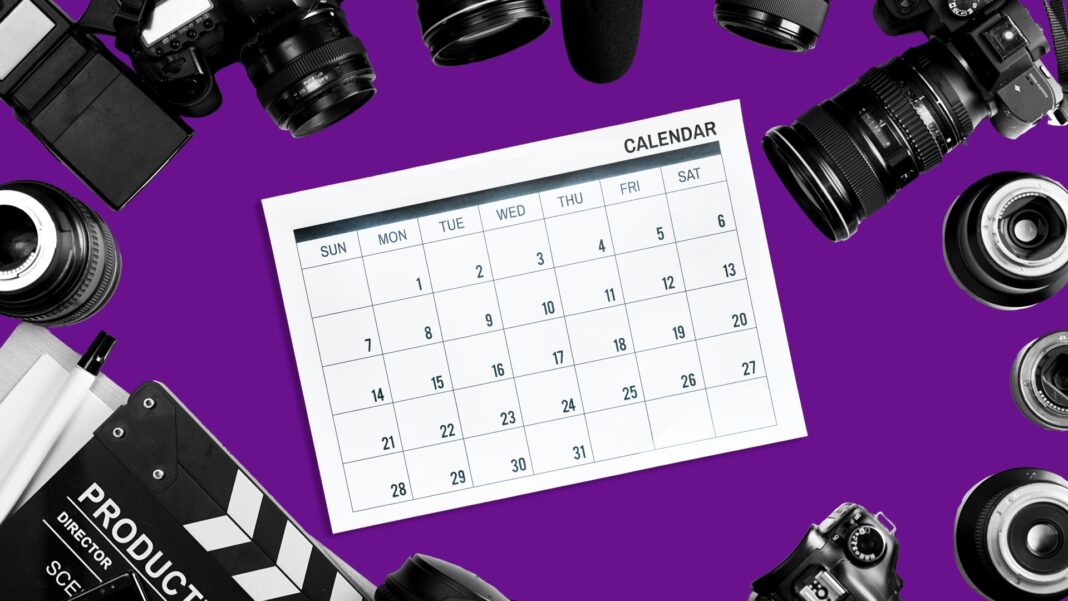One popular form of visual content that has taken a good place in the world is video.
Videos, just like pictures, capture the mind of people easily; humans easily get a feel of what they see on videos faster.
(Find out more about these Video production Services)
You must have wondered how they put it all together if you’ve seen movies with breathtaking actions. Was it magic or what?
In this article, you’ll learn the processes involved in video production. Let’s dive in.
3 Stages of Video Production
Video production is completed after three major stages: preproduction, production, and video post-production.
- Pre-Production
The success of every video depends on the masterminds behind its creation, ideation, and groundwork.
The preproduction phase covers some key steps based on the project’s team and scope. They are outlined below;
- Fact Finding. Here the goals and purpose of the video project are discussed. The strategy, tone, branding, and target audience are wholly addressed.
- Site Mapping. This is important to know where the video shoot will be more convenient. Also, the team can visit the site and plan out mentally.
- Shoot Planning. Here, the video team ensures the scripts are ready, and the characters are available. Also, the schedule is fixed, and all locations are confirmed.
- Production
Everyone in the video crew anticipates this stage of production. This is where a video is made. At this stage, the footage and scenes will be captured, and the script begins to come alive.
While recording, the crew will ensure the lighting, angles, customes, and location for the video are set and appealing.
Most often, voiceovers and extra footage can be used to support the video during post-production.
In some video production, graphic artists come in to set an appealing and professional background for a movie or broadcast.
- Post-Production
Yes, this is the last stage of the video production process. Imagine watching a video with a disorganized background and low quality; it is never interesting. The post-production stage covers up for any errors made while producing.
Sound and visual effects, audio enhancements, colors, and final arrangements are affected for all videos.
The editing process is carried out using a video editor, software, and a professional who knows the job. This phase needs time and patience due to the creativity involved.
Finally, there will always be a need for reviews and onward approval. This is so to fix any loophole, and afterward, the video can be distributed or premiered.
It is worth noting that due to the differing video specifications of digital platforms like YouTube and Facebook, the video should be exported in a usable format.
Why A Video Production?
You may ask why shooting a video when you can just write and post a script online.
That may suffice but may have little or no impact on your audience. Humans have a retentive memory when they watch and listen to a video.
Considering promoting your business or brand? Aside from other types of content using video, the world market is digitalized, which has polarized the relevance of video content.
When considering shooting a video, contact a professional videographer and a studio.
It’s not just about the ability to produce a video or a unique script, but the quality of your video is also necessary. The sight of a poorly edited video is boring.
Conclusion
Video contents are in vogue and communicate better to more people. It is a great tool for marketing because seeing is believing.
Video production is a hectic task requiring patience, human resources, and funds. Before deciding to shoot a video, be set for what is at stake, and at best, hire a professional and seek advice from them.















